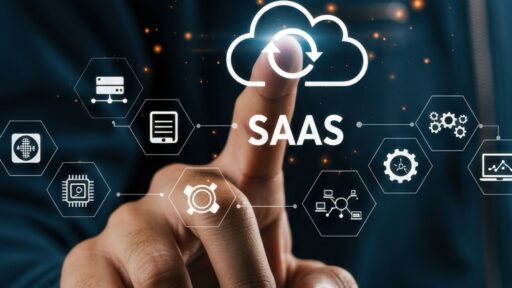Discover The Best CRM Setup for a SaaS Company
A Configuration Aligned with SaaS Needs
A SaaS company manages complex customer lifecycles in competitive environments. Its processes span from initial contact to long-term retention. A well-configured CRM integrates all touch-points into one platform. It centralizes lead data, user activity, and support histories. By automating tasks, teams eliminate manual errors and maintain consistent follow-up. This unified approach ensures that no prospect or customer slips through unnoticed. It ultimately drives faster growth and higher satisfaction.
Types of Contacts to Create
Prospects from campaigns or web forms
Collect leads from ad campaigns, website forms, and landing pages. Tag them by source for accurate tracking.Active users or trial participants
Track users who signed up for free trials or beta testing. Monitor their engagement and feature usage.B2B customer accounts with multiple users
Manage organization-level accounts, including individual users and permissions. Link all users to a single parent account.Churned customers for re-engagement
Identify users who canceled subscriptions. Automate win-back emails and special offers to reactivate them.Partners or distributors
Record details about resellers, integrators, and affiliate partners. Track referral commissions and co-marketing efforts.
Essential Modules to Activate
Sales pipeline with lead scoring
Visualize each prospect’s stage: new lead, qualified, proposal, or closed. Assign scores based on engagement.Client onboarding workflows
Automate welcome emails, setup instructions, and training invitations. Ensure new users receive timely guidance.Customer support (ticketing and tracking)
Centralize support requests in a ticketing system. Monitor response times and resolution status.Automated email marketing
Schedule drip campaigns for onboarding, upsell, and churn prevention. Personalize messages based on user behavior.Dashboards for churn, MRR, and CAC
Track key performance indicators like monthly recurring revenue, customer acquisition cost, and churn rate in real-time.
Specific Custom Fields
Plan type (free, trial, premium)
Classify users by subscription level. Tailor communications and offers to each segment.Subscription and renewal dates
Record the exact start and end dates of each subscription. Schedule reminders for renewals or upgrades.Product usage score
Calculate an engagement score using metrics like logins, feature usage, and session length.Last active date
Note the most recent user login or activity. Identify inactive users for re-engagement campaigns.Acquisition channel
Track the origin of each lead (organic search, paid ad, referral). Analyze channel performance and ROI.
Example SaaS CRM Lifecycle
A visitor completes a signup form, generating a new lead. The system activates a trial and sends a welcome email. If no activity occurs by day three, the CRM triggers a follow-up email. When the prospect requests a demo, it schedules a calendar invite automatically. After the deal closes, the CRM launches an onboarding workflow with setup instructions. One month before subscription expiry, it sends a renewal reminder email.
Real-World Case
An HR SaaS flags users who invite three colleagues. Once flagged, the CRM alerts sales to send a tailored premium offer. This personalized outreach converts freemium accounts into paying customers. As a result, the company’s upgrade rate increased by 35% in two quarters. Automated notifications ensure no account expansion opportunity is missed.
Conclusion
A smart SaaS CRM tracks every lifecycle step and synchronizes sales, support, and marketing. It eliminates data silos and supports data-driven decisions. Automated workflows reduce manual effort and maintain consistent communication. For a SaaS company, aligning CRM processes with customer journeys enables teams to foster stronger relationships and drive sustainable growth.












